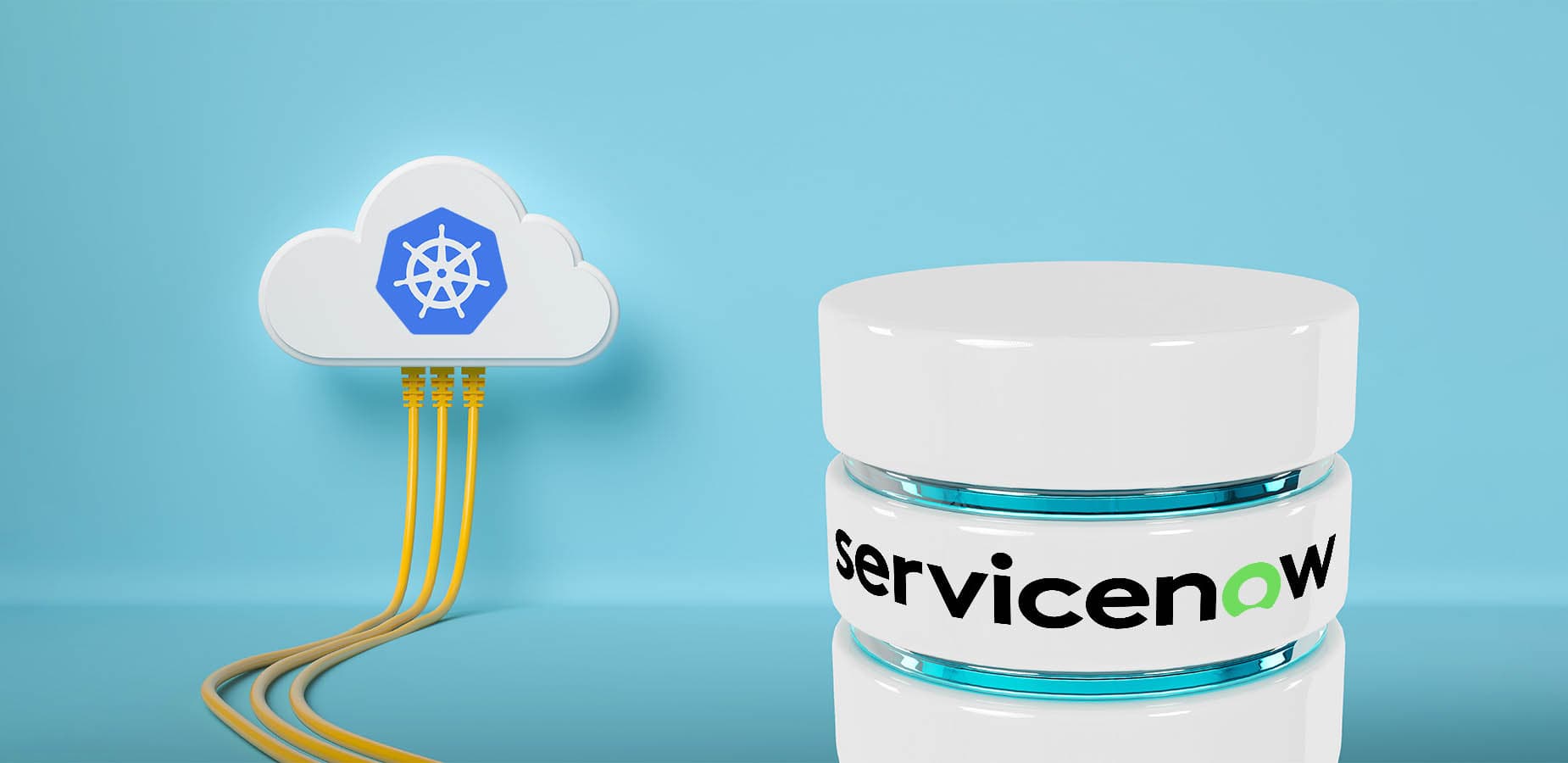How To
Real-time Kubernetes discovery for ServiceNow CMDB
Automated ServiceNow Kubernetes discovery via Turbot Guardrails provides comprehensive coverage of your Kubernetes resources with real-time accuracy.
Turbot Team
5 min. read - May 14, 2024

Automated ServiceNow Kubernetes discovery via Turbot Guardrails provides comprehensive coverage of your Kubernetes resources with real-time accuracy.
